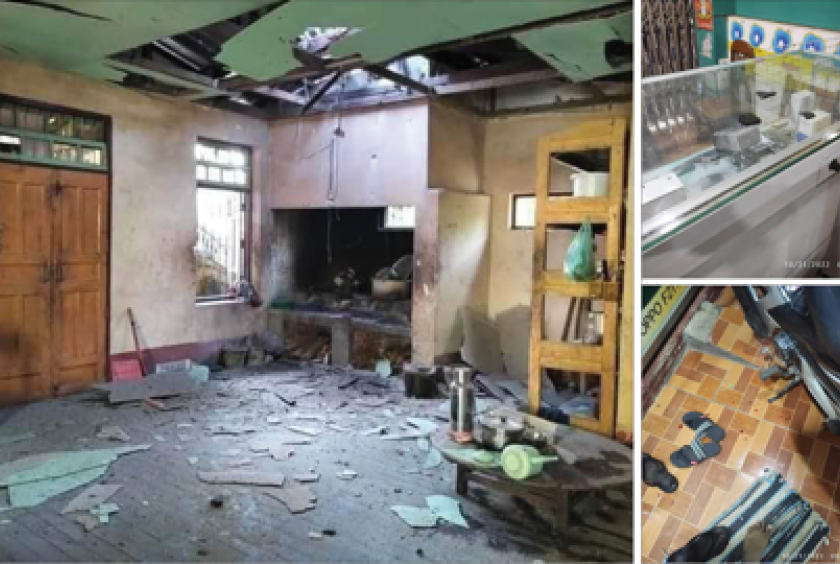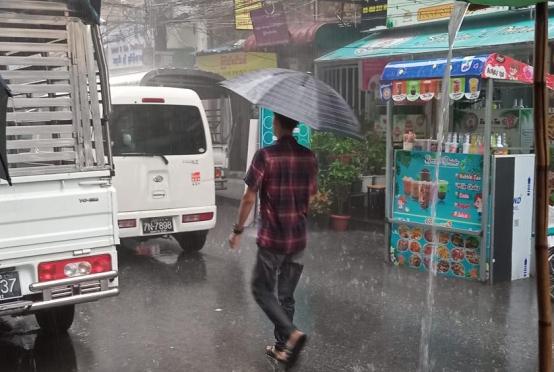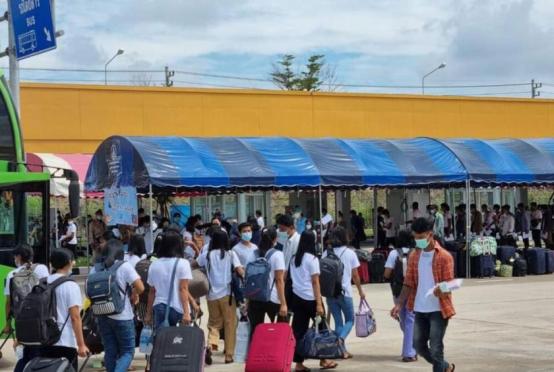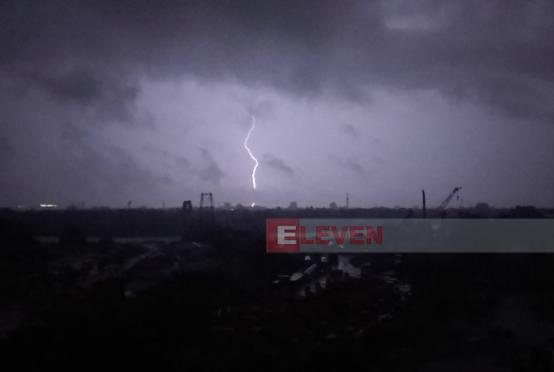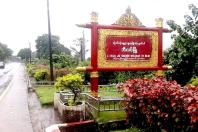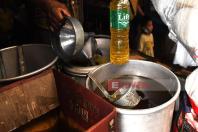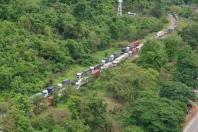Heavy fighting between security forces and joint forces of the Karen National Union (KNU ) and PDF had occurred from 7:30 am on October 21 in Kawkareik, Kayin State and both sides continued to exchange fire until around 12:00 pm, according to local sources.
The battalions under the Karen National Liberation Army’s 6th Brigade and the Klohtoobaw Karen Organization (KKO) Split Group and PDF launched an attack at Kawkareik Township in Kayin State in the morning of October 21. Later, the KKO and PDF fired heavy weapons from north of the town and they then opened fire at the residential areas, staff housings and office buildings. It is reported that some civilians and service personnel have injured due to the attack, according to the announcement of State Administration Council (SAC).
After the attacks, a joint group of KKO (Split) group and PDF retreated from the staff housings in the evening.
The SAC reported that the military columns with supporting fire of air force, artillery and armoured vehicles were chasing the battalions under the KNU and KNLA’s 6th Brigade and PDFs who fled north and east of Kawkareik in disarray.
SAC announced that some houses from public residences were damaged in heavy weapon attacks. Moreover, two men and a woman, totaling three were killed in the incident which left 11 men and five women totaling 16 wounded.
There are over 6,600 fighting within 21 months
The KNU is the ethnic armed group which didn’t reply to the invitation of SAC’s chairman’s peace talk.
The KNU announced that they would not be able to attend the peace talk invited by the SAC’s chairman as it was not favorable for an inclusive dialogue.
Currently, there have been armed conflicts between military and KNU in the regions of six battalions under the KNU.
The KNU announced that fighting between the KNLA and a joint group of KNDO and military and BGF took place in the Kawthulay region under the KNU controlled area after the February of 2021.
The Central Committee of KNU said that there were 6,689 fighting between Tatmadaw[military] and KNU as being of September.
Moreover, there were 624 armed conflicts in Kawthulay region within two months of June and July.
Civilian deaths and injuries
The civilians were killed and injured due to the armed conflicts took place in KNU’s Kawthulay region starting from January to July of 2022.
The announcement of KNU’s central committee reported that the armed conflicts killed 91 civilians and 181 were injured from January to July of 2022. The civilians died of the air strikes, heavy weapons and landmines during the armed conflicts.
In July, the armed conflicts took place in KNU’s Kawthulay region and it left 19 civilian dead and 26 were injured.
Likewise, two civilians died of heavy weapons and three were injured during armed conflicts occurred in 1st Brigade region in Duuthahtue district in July, according to the KNU’s central committee.
Moreover, the landmine killed a civilian and injured two people during the fighting between KNLA, KNDO and military and BGF took place in 2nd Brigade region in Taunggoo District.
The fighting also killed 10 civilians and 12 were injured in the KNU’s 3rd Bridge region in Nyaunglaypin District in July.
The KNU central committee announced that 137 locals were killed and 305 were injured due to the armed conflicts between military and KNU within 21 months starting from January of 2021 to September of 2022.
There are over 370,000 IDPs
The locals already fled to safer places due to the daily armed conflicts took place in KNU’s Kawthulay region.
The KNU reported that there were 356, 674 internal displaced persons (IDPs) due to the fighting between KNLA, KNDO and military and BGF occurred in the KNU’s Kawthulay region as being of July.
Among the IDPs, most are children, disabled persons, students and elders.
Currently, those IDPs are in need of shelters, food, health and security affairs, according to the KNU’s central committee.

